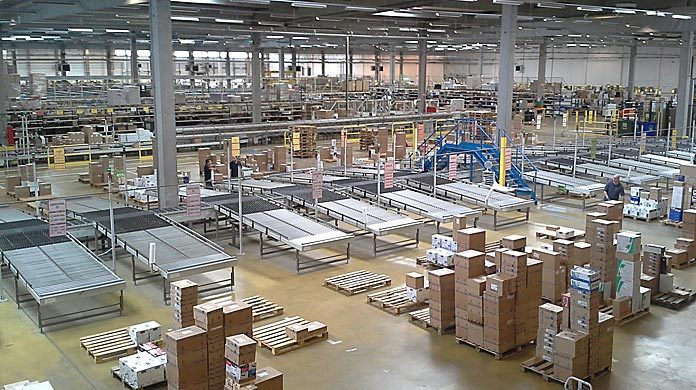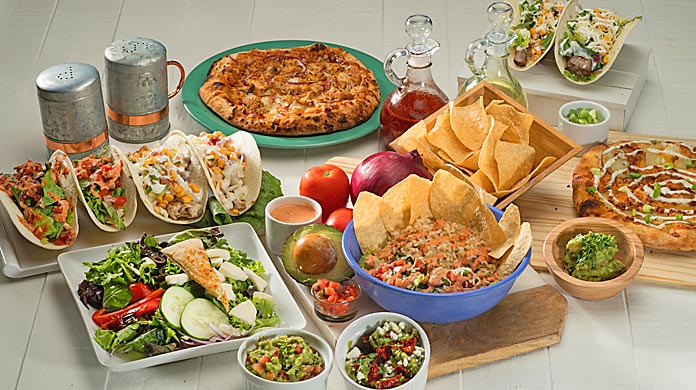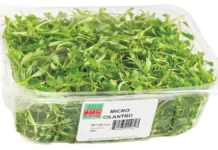
By Louis Biscotti, National Leader, Food & Beverage Services Group, Marcum
This article originally appeared on Forbes.com
A large food company recently inquired about the profitability of each of its distribution channels. It was considering expanding further into food service versus its club store business and wanted to know if it was a wise decision.
In analyzing this simple question but very complex area, there are many factors and a disciplined approach that can be followed by companies faced with decisions about channel, customer or product profitability.
The first part of the analysis is what I refer to as, “gross to net.” Companies often report net sales in their external financial statements, but internally they absolutely should be evaluating how their top line gets diluted by promotional spend, returns and allowances, rebates and discounts. The recent accounting regulations on revenue recognition address some of these issues and companies must be aware of the new regulations, which could change their reporting for many of these spends and could materially impact their financial statements.
The most interesting aspect of gross to net is tracking performance both prospectively and retroactively: Prospectively to determine if the spend is truly effective in increasing sales and retroactively to track how much the company must set up in reserves for any given time frame and which will affect their financial reporting.
 It also depends on which side of the fence the company resides. If it’s a retailer receiving slotting fees, how does it account for that revenue? If it’s a manufacturer, how is it amortizing that cost? The underlying contracts will dictate the appropriate treatment. These questions must be answered to obtain solid financial data. If a company’s spend has averaged 22% of sales (quite common, by the way) and in this recent period it has dropped to 10% of sales, what signal does that send? Is the company spending less? Is it amortizing costs differently? Has sales growth been affected? Do reserves for unrecorded spend need to be established? Recent public company financial statement disclosures address this topic and some had significant effects on the financial statements.
It also depends on which side of the fence the company resides. If it’s a retailer receiving slotting fees, how does it account for that revenue? If it’s a manufacturer, how is it amortizing that cost? The underlying contracts will dictate the appropriate treatment. These questions must be answered to obtain solid financial data. If a company’s spend has averaged 22% of sales (quite common, by the way) and in this recent period it has dropped to 10% of sales, what signal does that send? Is the company spending less? Is it amortizing costs differently? Has sales growth been affected? Do reserves for unrecorded spend need to be established? Recent public company financial statement disclosures address this topic and some had significant effects on the financial statements.
There are deduction management systems which monitor and approve spend. Imagine the headaches for a typical manufacturer, selling to multiple chains, who submit thousands of coupons for redemption. Technology and strong systems are critical components in navigating this area, which can easily get out of hand.
After analyzing gross to net, the next area to attack is the number of SKUs F&B companies have. I recognize that stocking many products is a response to customer demand, and as you add customers, you add new products. It’s easy to say if you’re making one delivery; adding other products increases sales and endears you further to your customer.
But I challenge all companies to really look hard at how much profit is generated by each product. Extra products will generate extra sales but at what cost? What about product research and design; what about packaging, testing, marketing, labeling, regulatory compliance, warehousing and handling, and inventory requirements? These costs are what can completely demolish profitability. The start of any analysis to fix this problem begins with a sort of all sales by product in descending order. You will immediately notice that 80% of your sales are generated by 20% of your products, which is a well-known principle known as the Pareto Principle.
So in a situation where a company has 1000 SKUs, 200 products will generate 80% of all sales while the other 800 generate only 20% of sales. Stripping down the products to eliminate unprofitable products will generate immense rewards.
 Louis Biscotti is the national leader of Marcum’s Food and Beverage Services group. Biscotti has been an entrepreneurial leader in accounting for over 40 years, and is a frequent lecturer and published author on various financial and business topics. His expert advice has appeared in both national and local publications such as The Wall Street Journal, Newsday, Long Island and New Jersey Business News, Supermarket News, and Food Dive. Biscotti also founded a series of best practice forums for food and beverage companies, which attract nearly 500 senior executives annually, as well as an annual food and beverage survey.
Louis Biscotti is the national leader of Marcum’s Food and Beverage Services group. Biscotti has been an entrepreneurial leader in accounting for over 40 years, and is a frequent lecturer and published author on various financial and business topics. His expert advice has appeared in both national and local publications such as The Wall Street Journal, Newsday, Long Island and New Jersey Business News, Supermarket News, and Food Dive. Biscotti also founded a series of best practice forums for food and beverage companies, which attract nearly 500 senior executives annually, as well as an annual food and beverage survey.























